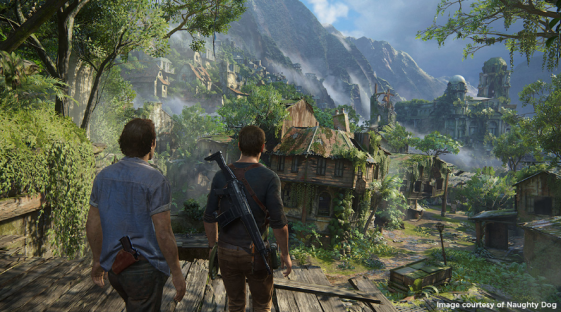Substance Painter is finding a home in the vast majority of AAA game studios, and with those who aren’t ready to pay up quite yet.
At Allegorithmic company headquarters in Clermont-Ferrand, France—home of popular 3D paint software Substance Painter—there is a heat map on display showing in real time all the active users of Painter around the world. At any given time, half the points of light on the map come from pirated copies.

Piracy rate is an unusual measurement of success, but not an uncommon one for up-and-coming-software companies. Several years ago the sales team at Rhino 3D told me how excited they were to be on the top pirate CDs in Brazil, because it meant demand for their product was rising and legit sales would soon follow.

Substance Painter is becoming a force in 3D painting, says Allegorithmic co-founder and CEO Sébastien Deguy. Piracy rate is just one measure of that success. His more traditional brag is that 85% of AAA game development teams now use Substance in their production work. As if that wasn’t enough, Deguy says more than 1.1 million distinct users “launched” (booted up) Painter in the second quarter of 2016. Numbers like these mean Substance Painter is giving more established products like ZBrush, Mudbox, and Mari a new challenge.
Why? Two things stand out. The first is the rise in interest in physically based rendering (PBR). Allegorithmic supports Nvidia’s Material Description Language for creating new materials; it “has potential to become a standard” says Deguy. The second it support for scanning. Game developers are using high-density 3D scanning to build more realistic materials, and Allegorithmic says its ability to work with scan data is “the best and only” option in the business. The French have such a way with understatement.
Deguy says physical realism is not only of interest to game developers. New users include Gensler Architecture, IKEA, and a couple of big luxury goods makers he can’t yet name in public. “Physically accurate materials are very important to them.”





